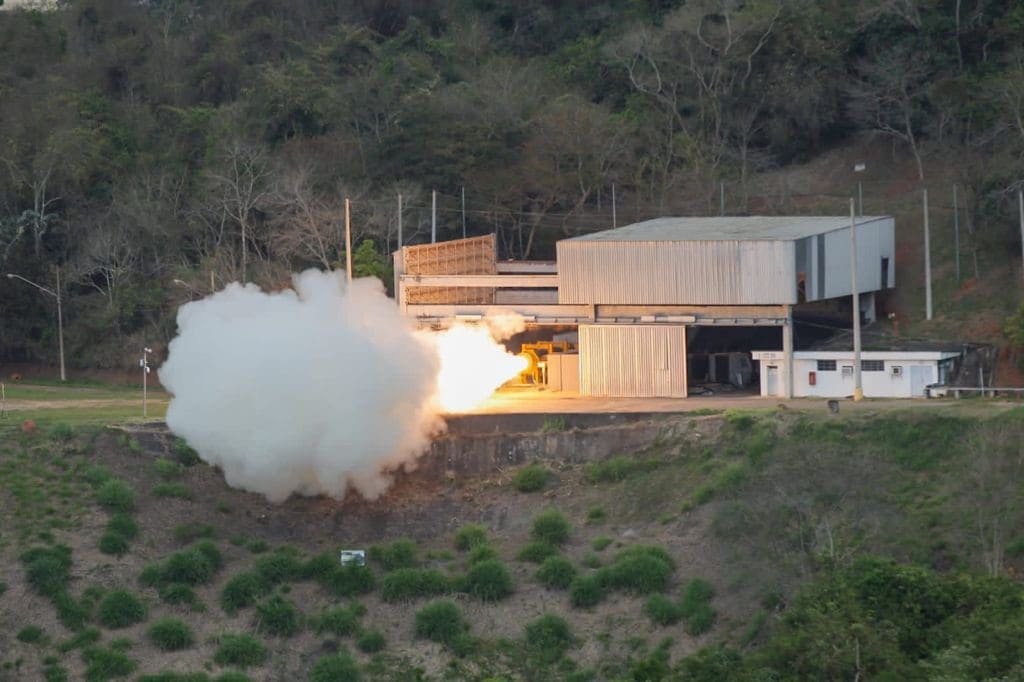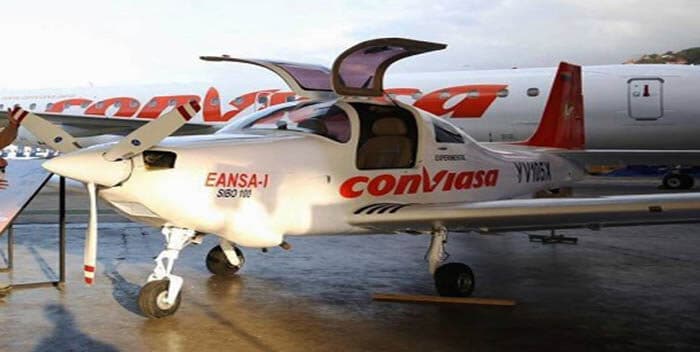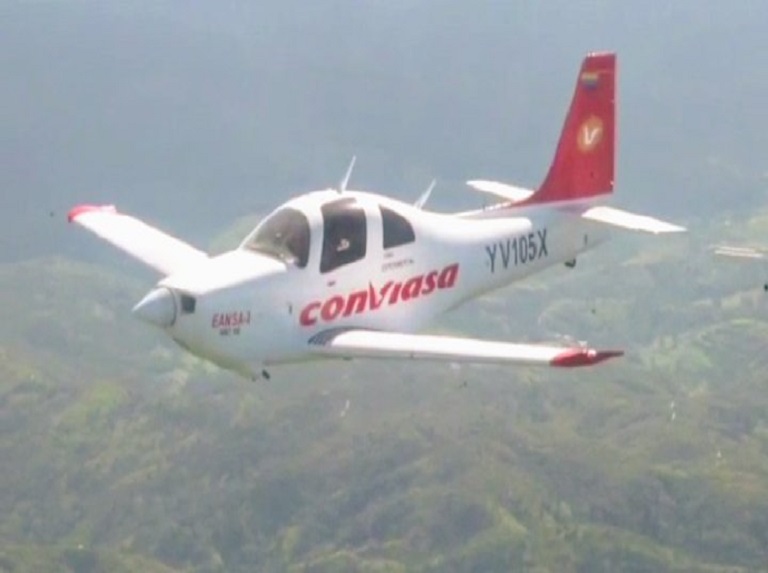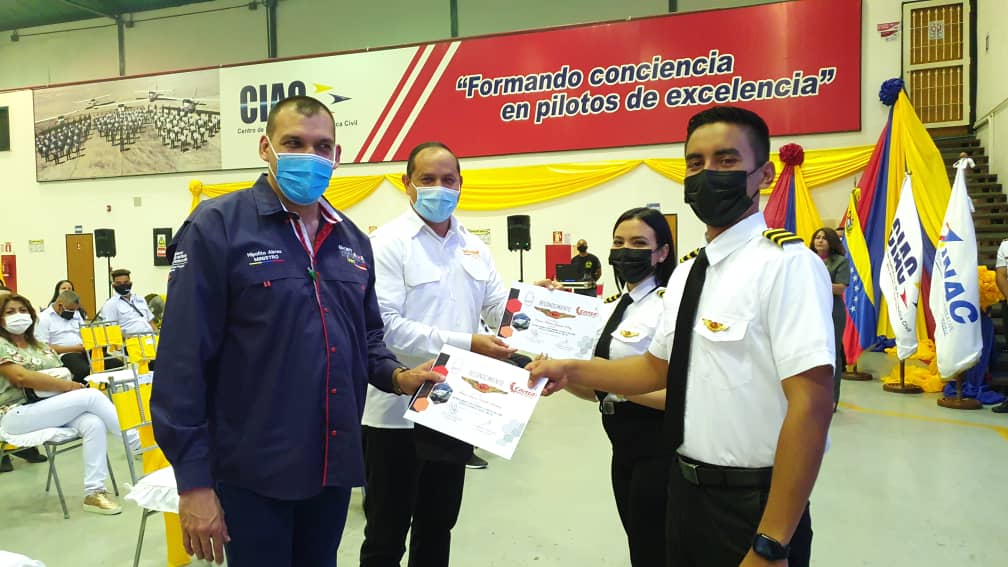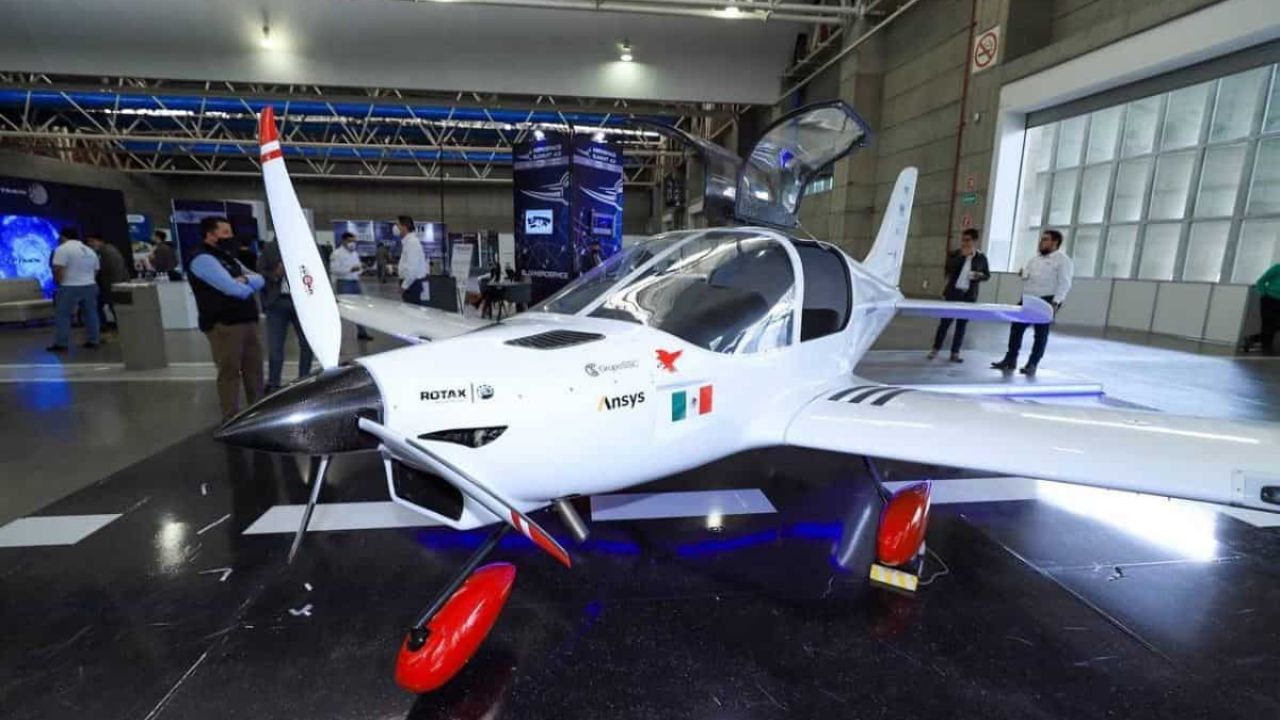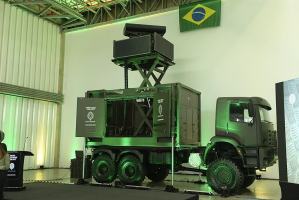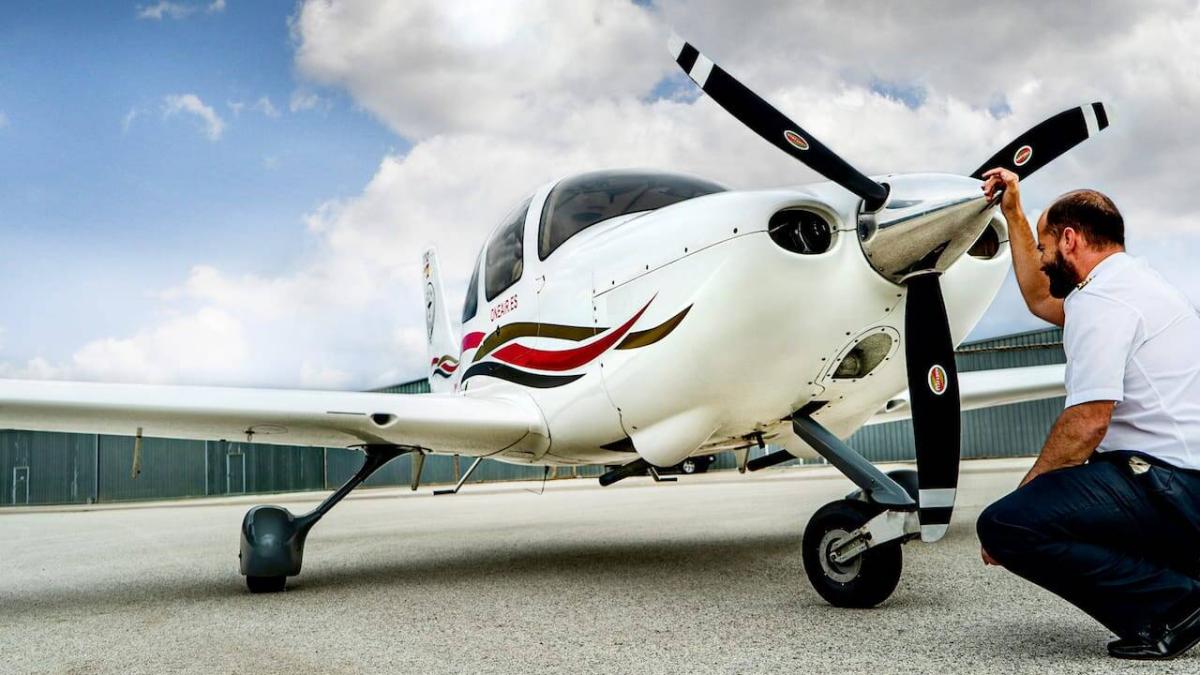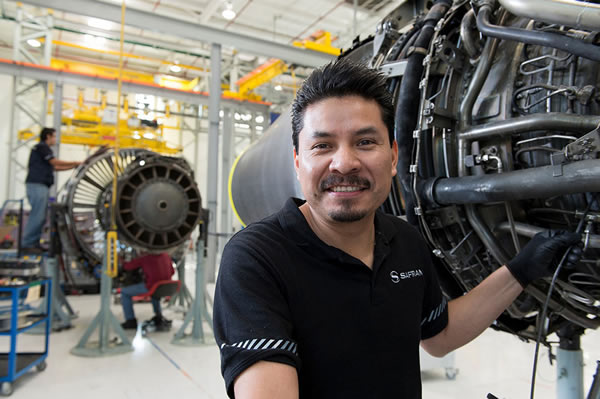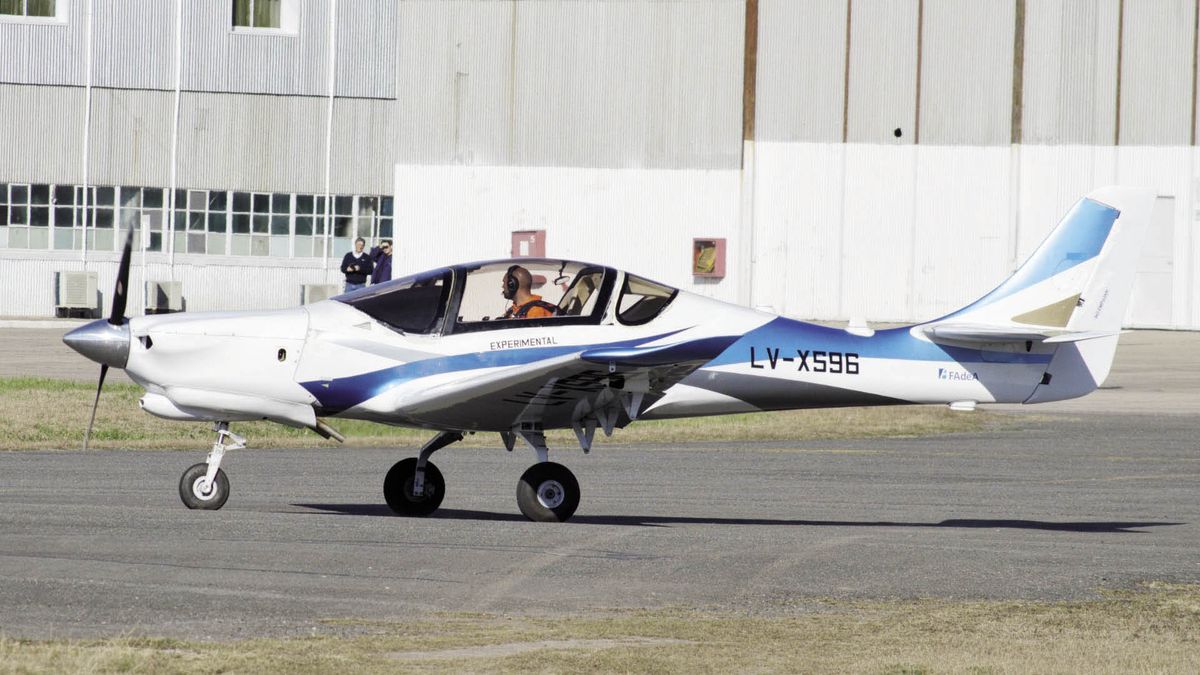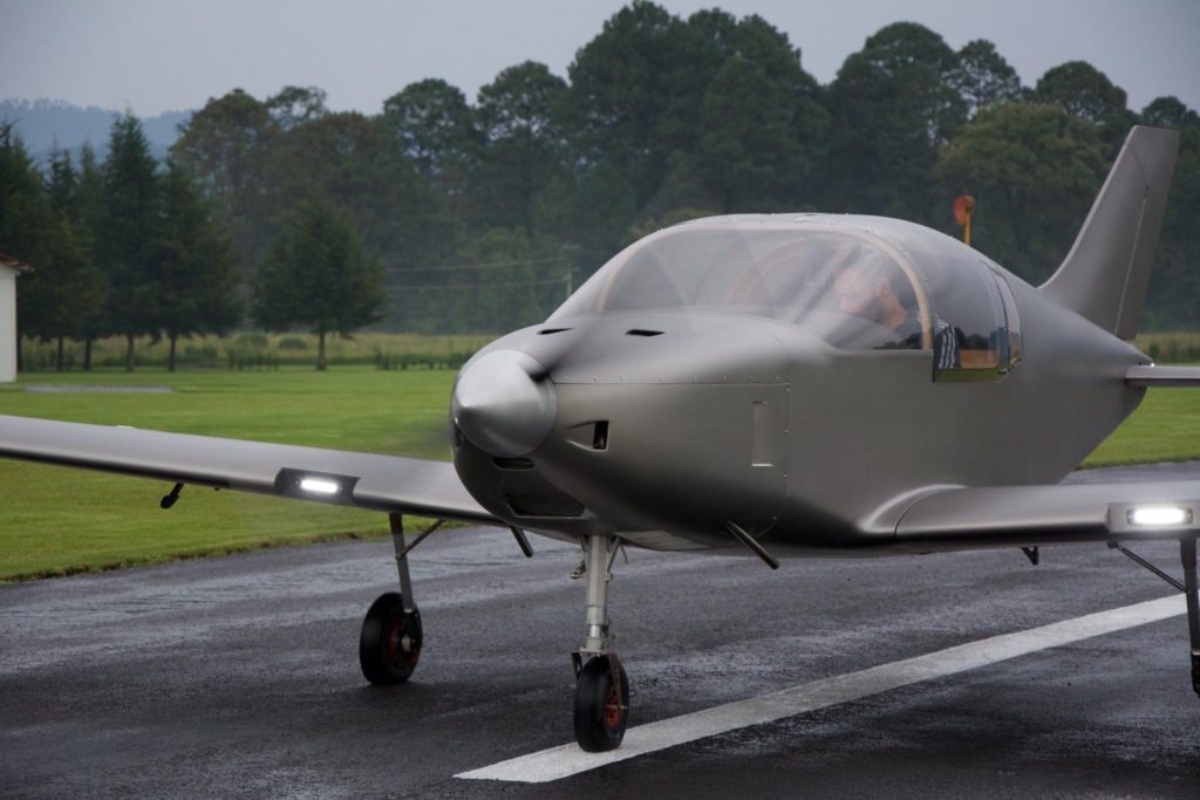the production of aircraft components in Mexico is among the fastest growing in the country. This implies investments of more than USD 1,200 million in technology for manufacturing and shows an imperative need for technical training to add more value and improve production efficiency. This report shows how companies such as Bombardier, Grupo Safran, General Electric (GE), Honeywell and Eurocopter are spearheading the development of this industry in states such as Chihuahua, Nuevo León and Querétaro.
The development of aerospace companies in Mexico would not be understood if the application of technological systems were not in line with market demand and with needs such as the realization of complex and specific parts within the largest structures of aircraft, Which depend on special designs, as well as high process scheduling that yields better precision products, higher quality, lower costs and short delivery times. These challenges are determining the behavior of suppliers of manufacturers and / or assemblers of original equipment within the manufacture of aircraft parts.
According to ProMéxico, a body that promotes investment and trade in the Aztec country, in the aviation industry, cost efficiency and innovation are key factors for the new generation of aircraft, both for the commercial and defense sectors. . The commercial vehicle market today is focused on the development of wide-body aircraft such as the A350 and 787-9, as well as the development and design of the 777X.
On the other hand, in narrow-body aircraft, the Bombardier company is already working on the C Series and the improved engines for the A320NEO and C919, which have been being assembled for a couple of years in our country.
Regarding non-commercial aviation, the aerospace cluster in Mexico is taking advantage of the opportunity to be a supplier to companies in the world (OEM and T1) that are making partnerships to manufacture combat aircraft in the so-called defense market and this is how They are joining the value chain as T2 and T3 of companies in Europe. On that continent, Switzerland is collaborating with Sweden in the development of the new generation Saab Gripen and in Indonesia it has joined the KFX combat craft program of South Korea.
Aircraft orders are in progress and sales forecasts are practically defined until 2020, and surely until 2025. For this reason, investment schemes are implemented throughout the supply chain for immigration of companies in strategic places, which are looking for the development of certified processes, machining centers with cutting-edge technology that also help in reducing costs, that have quality, precision and trained personnel for the management, maintenance, design and control of those same processes.
The same industry has forced peripheral services to be mostly efficient, such as logistics, increased training of qualified human capital, improved coordination between local and federal governments with private initiative, to say a few.
According to experts in the field, all this is generating investments that exceed USD 1,200 million. Important companies such as Bombardier, Grupo Safran, General Electric (GE), Honeywell and Eurocopter have found in Mexico the conditions to develop design and engineering centers, laboratories and production lines capable of rapidly evolving to handle more complex assignments in the development of new generations of engines, components and airframes.
This is how other companies are committed to remaining as the suppliers of the aforementioned large companies and every day the range of parts that are manufactured for the different compounds used in aircraft grows at a dizzying rate.
Thus we find companies with different manufacturing vocations in the country, being the states of Baja California, Chihuahua, Querétaro, Nuevo León and Sonora, which host the bulk of the industry in the national territory with the dynamism necessary to implement logistics services to adequate costs to reach OEM's more efficiently.
In Querétaro, the sector is developing complex components, manufacturing aerostructures, low-pressure turbines, compressor rotors, blades, shafts and braking systems, among others. These are some examples.
Aernnova: assembly and integration of complex structures with wings, stabilizers and fuselages for Bombardier, Embraer and Sikorsky.
Messier-Dowty - manufactures aircraft landing and braking gears for Airbus and Boeing.
Snecma: manufactures components for the landing gear of Airbus A320 and A330 and Boeing 737 passenger aircraft.
Aamec: landing components, support braces, brake structures, fuselage components.
Manufacturing in Baja California is focused on electronic systems and aircraft surfaces.
Hutchinson: injection molding of rubber for gaskets, seals, drums and manufacturing of metal parts for aircraft.
Eaton Industries - Assembly of aircraft components such as fuel system parts, hydraulic steering systems, propulsion subsystems and air distribution.
Honeywell: assembly of heat exchangers, radiators, turbines and compressors for aircraft.
GKN Aerospace: Powertrain Rings and Covers.
Rockwell Collins: assembly of electronic devices and entertainment systems for aircraft.
Parker Industrial: manufacture of rubber and metal seals for the aerospace and automotive industries.
Goodrich Aerospace: landing gear conditioning systems, sensors, safety systems and engine control systems.
In Chihuahua, metal components, stamped, rolled and machined are part of its vocation for aerospace manufacturing.
Arnprior Aerospace: structural metallic and non-metallic parts and components. Private aviation. Main processes: metal machining, profiling and forming, thermal and chemical treatment, painting and assembly.
Beechcraft: structural components for airframes, wings and cockpits. Commercial, private and military aviation. Main processes: forging, stamping, forming, riveting, assembly, integrity testing.
Cav Aerospace: structural components and wing antifreeze protection systems. Private aviation. Main processes: forming, machining and assembly of structural components, special surface applications and integrity tests.
Cessna: harnesses for electrical systems, structural components for airframes, wings and cockpits. Commercial and private aviation. Main processes: electrical assembly, rolling, stamping, forming, riveting, application and curing of chemical compounds.
Honeywell: parts and components for turbines. Commercial and military aviation. Main processes: high precision multi-axis CNC machining, heat and surface treatments, non-destructive integrity testing.
Kaman Aerospace: structural components of metal and chemical compounds. Private aviation. Main processes: hydroforming, laminating, machining, heat and surface treatment, integrity testing.
Sonora is home to one of the most important and integrated aeronautical machining clusters in the country. This entity has become a center of excellence for the manufacture of blades and components for turbines and wind motors (casting processes, machining, among others).
Cadence Aerospace - Retainer Bar, Engine Mount, Engine Hinge Beam, Side Adjustments, and Hydraulics.
Daher Aerospace: non-commercial aircraft assembly, maintenance, repair and technical supervision.
In Nuevo León, the focus is on the development of suppliers with high added value.
Ezi Metals - ISO 9001: 2008 certified and 9100 certified company with the following capabilities: up to 2-inch HD plasma cutter, welding, drilling, powder coating, machining centers.
Frisa: company with ISO 9001: 2000 certification, in addition to 9100 certifications. Dedicated to forging and machining.
Jaiter: company dedicated to ring turning and milling, 5-axis machining processes and high-strength steels.
Monterrey Aerospace: company dedicated to the manufacture of helicopter airframes, chemical conversion coating for aluminum, painting for aluminum and steel, resistance welding of aluminum and steel, metal-to-metal joining, machining, sheet metal forming, assembly and components.
Noranco de México: company dedicated to the manufacture of sheet metal parts, CNC machining, chemical coatings, heat treatment for aluminum, liquid paint.
But what machinery are these companies using to manufacture aerospace parts?
In the case of the Cadence Aerospace company, in Sonora, the Haas brand predominates with 3, 4 and up to 5-axis machining centers for hard metals and aluminum, as well as two-axis lathes, which allow the company to produce its own parts such as hinges and motor supports with high precision machines such as the EC 500 that produces specialized parts in up to 4 hours, reducing times thanks to a good programming and design of the respective parts.
Similarly, in the same company, you can find two-axis Haas brand St-10 lathes, with a maximum speed of 6,000 rpm.
Currently most companies are investing in machining centers with computer aided manufacturing that calculates the displacements of the axes for the machining of the part and adds feed rates, speeds of turns and different cutting tools, which translates into lower costs, in addition to greater production capacity and speed of delivery.
This is how we find brands that provide CNC with these and other characteristics that are mainly focused on parts that today the aeronautical industry requires with greater precision in cutting or turning but that, in addition, allow any design for the landing gears, the turbines or special orders on the surface of the fuselages. Grob is one of the suppliers that currently generates this type of machine and has a good acceptance in the aerospace market. Just last year they placed in the north of the country and in the center five machines to make parts that go inside the turbines and harnesses in Boeign 737 aircraft, for example.
Similarly, other brands are present such as Viwa and its VCM1050M400 CNC that offers precision and quality for interior structures.
In almost all the processes of aerospace companies we have found vertical CNCs that help to manufacture molds and forming tools, as is the case with AAMEC, which also manufactures special parts for assembly requested by clients such as Safran, Dana, Dense or BRP.
This is how the industry grows and all contribute in the value chain to incorporate finishing, sharpening, forging, plating, among others, subject to rigorous environmental tests of magnetic particles, penetrating liquids and others. They also have certifications such as IS0 9000-2008, FAA, ITAR and NADCAP, and companies achieve the inclusion of brands in machinery with the aforementioned precision characteristics, mainly to achieve the exact and safe component that the aerospace industry requires.
The sector will not skimp on investments in the best applied technology from Asian or European brands that best suits its requirements. The future is practically defined. The industry reports ships with more than 18 years of use and in the next 10 years there will be a renovation process with figures that exceed 20,000 units, so work in the sector is assured in terms of investment and return on it. This is how we will continue to see constant growth in new companies incorporated into the supply chain, especially at levels of T2 and T1, focused on OEM's and obviously the market will be won by making parts that generate value for large companies, innovation , quality, service, maintenance and design contributions that in turn are transformed into substantial cost benefits for large companies.
Mexico plans to make a complete airplane in less than 10 years, that is, that all components, wings, fuselage, turbines, harnesses, landing gears, interior finishes, surface finishes and others are made in our country and, with the Opening of more than 300 companies around the industry can be achieved. For this, it is necessary for companies to continue to demonstrate being competitive and to develop their design and engineering capabilities, factors that have allowed Mexico to attract high-value projects with important international participants up to now.
Bombardier, Grupo Safran, General Electric, Honeywell y Eurocopter impulsan el desarrollo de esta industria en estados como Chihuahua, Nuevo León y Querétaro.

www.metalmecanica.com
